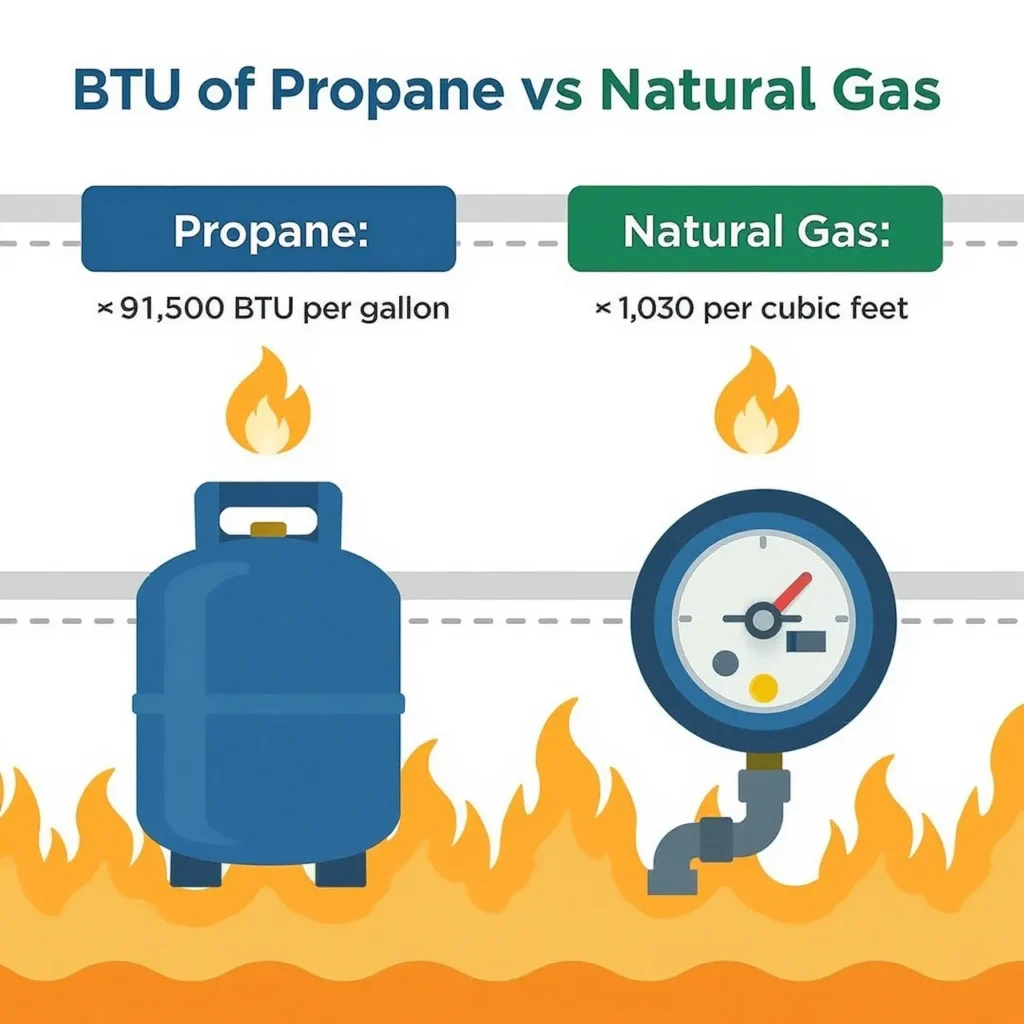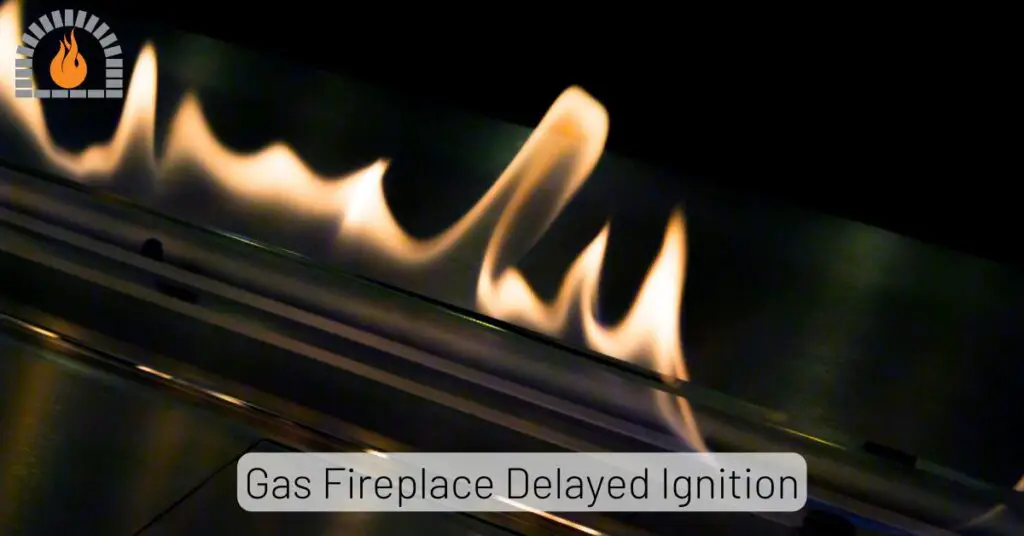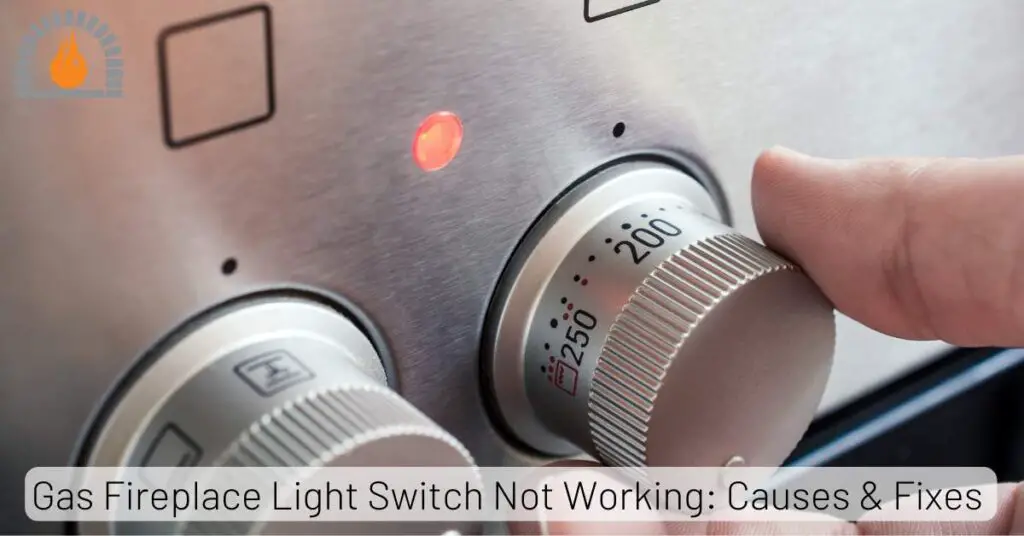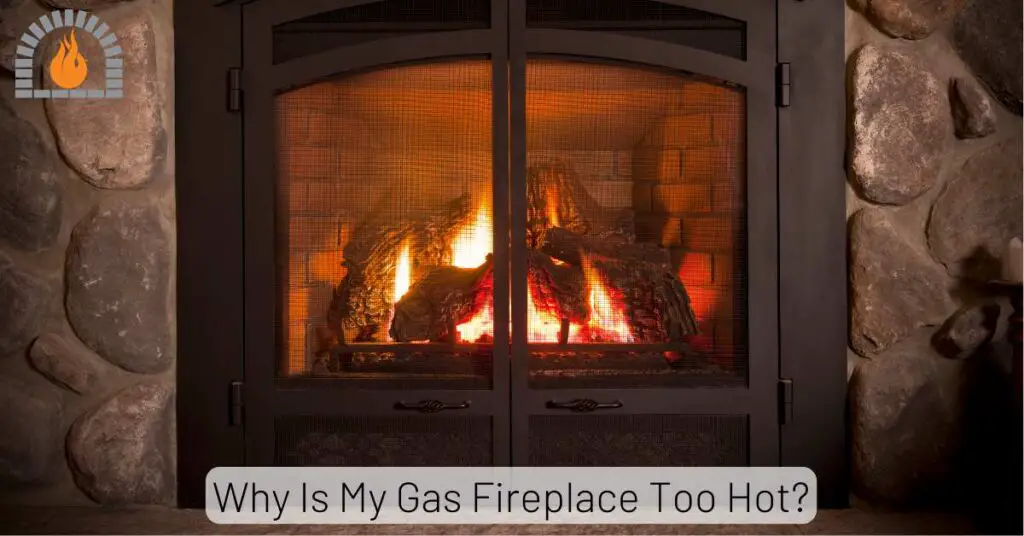When comparing fuel sources for your home or business, understanding the BTU (British Thermal Unit) differences between propane and natural gas is crucial for making an informed decision. Propane delivers approximately 91,500 BTUs per gallon, while natural gas provides about 1,030 BTUs per cubic foot, making propane more energy-dense than natural gas.
This comprehensive guide will walk you through everything you need to know about these two popular fuel sources, from their energy content and efficiency to cost considerations and environmental impacts.
Key Takeaways
- Propane contains about 91,500 BTUs per gallon, while natural gas has approximately 1,030 BTUs per cubic foot
- Propane is more energy-dense than natural gas, meaning you need less propane to produce the same amount of heat
- Natural gas is typically cheaper per BTU than propane, but prices vary by region
- Both fuels have different storage requirements, with natural gas requiring pipeline infrastructure
- The efficiency of appliances can significantly impact the actual usable energy from either fuel
- Environmental considerations differ between the two fuel sources
Understanding BTU: The Basics
Before diving into the comparison between propane and natural gas, it’s essential to understand what BTU actually means. A British Thermal Unit (BTU) is the amount of heat energy required to raise the temperature of one pound of water by one degree Fahrenheit. Think of it as the “calorie” measurement for fuel—the higher the BTU rating, the more heat energy the fuel contains.
For homeowners and businesses, BTU measurements help determine:
- The heating capacity of appliances
- Fuel consumption rates
- Cost comparisons between different energy sources
- The size of equipment needed for a particular application
When you’re comparing energy content comparison between different fuels, BTU provides a standardized measurement that allows for an apples-to-apples comparison.
Propane BTU Content
Propane, also known as liquefied petroleum gas (LPG), is a hydrocarbon gas that’s compressed into a liquid form for storage and transportation. Its high energy content makes it an efficient fuel source for various applications.
Propane BTU Measurements
Propane delivers approximately 91,500 BTUs per gallon. To put this in perspective:
- 1 gallon of propane = 91,500 BTU
- 1 pound of propane = about 21,500 BTU
- 1 cubic foot of propane vapor = about 2,500 BTU
This high energy density is one of propane’s main advantages. It means you can store more energy in a smaller space compared to many other fuels.

Factors Affecting Propane’s BTU Output
Several factors can influence the actual BTU output you get from propane:
- Propane Quality: The purity of propane can affect its BTU content. Commercial propane typically contains at least 90% propane, with the remainder being other gases like butane and methane.
- Temperature and Pressure: Since propane is stored as a liquid under pressure, temperature fluctuations can affect its volume and, consequently, the BTU content per gallon.
- Appliance Efficiency: Not all BTUs are converted to usable heat. The efficiency of your appliance determines how much of the fuel’s energy content actually heats your home or water.
| Measurement Unit | BTU Content | Common Applications |
|---|---|---|
| 1 Gallon | 91,500 BTU | Standard measure for residential tanks |
| 1 Pound | 21,500 BTU | Small cylinders and portable tanks |
| 1 Cubic Foot (vapor) | 2,500 BTU | Gas line calculations |
Natural Gas BTU Content
Natural gas is a fossil fuel composed primarily of methane, along with smaller amounts of other hydrocarbons. It’s delivered to homes and businesses through underground pipelines.
Natural Gas BTU Measurements
Natural gas contains approximately 1,030 BTUs per cubic foot. Here’s how this breaks down:
- 1 cubic foot of natural gas = 1,030 BTU
- 1 therm of natural gas = 100,000 BTU (approximately 97 cubic feet)
- 1 MCF (thousand cubic feet) = 1,030,000 BTU
Unlike propane, natural gas remains in its gaseous state when delivered to your home, which affects how its energy content is measured and used.
Variables Affecting Natural Gas BTU Content
The BTU content of natural gas can vary based on several factors:
- Composition: The exact BTU content depends on the specific mixture of hydrocarbons in the gas. Natural gas with higher concentrations of ethane, propane, and butane will have a higher BTU content.
- Geographic Source: Natural gas from different regions can have varying compositions, affecting its energy content.
- Pipeline Additives: Some utilities add odorants (like mercaptan) for safety reasons, which slightly dilutes the gas and affects BTU content.
| Measurement Unit | BTU Content | Typical Usage Context |
|---|---|---|
| 1 Cubic Foot | 1,030 BTU | Standard residential billing unit |
| 1 Therm | 100,000 BTU | Billing measurement for utilities |
| 1 MCF (1,000 cubic feet) | 1,030,000 BTU | Large volume commercial/industrial use |
BTU of Propane vs Natural Gas
When directly comparing the BTU content of propane and natural gas, it’s clear that propane is more energy-dense. But what does this mean in practical terms?
Energy Density Comparison
Propane contains about 2.5 times more energy per unit volume than natural gas. This is why propane tanks can be smaller than natural gas storage systems while providing the same amount of energy.
To produce 1 million BTUs of heat, you would need:
- Approximately 10.9 gallons of propane
- Approximately 970 cubic feet of natural gas
This heating value difference has significant implications for storage, transportation, and appliance design.
Appliance Conversion Considerations
When comparing appliances designed for propane versus natural gas, it’s important to understand that they are not directly interchangeable due to the different BTU contents:
- Natural gas appliances operate at lower pressure and have larger orifices to accommodate the lower BTU content per cubic foot.
- Propane appliances operate at higher pressure with smaller orifices because the fuel is more energy-dense.
While conversion kits exist for some appliances, professional installation is always recommended to ensure safety and efficiency.
Energy Content Comparison (per unit)
- Propane (per gallon): ■■■■■■■■■■■■■■■■■■■■■■■■■■■■■■■■■■■■■■■■■■■■ (91,500 BTU)
- Natural Gas (per cubic foot): ■■■■■■■■■■■■■■■■ (1,030 BTU)
- Space Required for 1 Million BTUs
- Propane: ■■■ (10.9 gallons)
- Natural Gas: ■■■■■■■■■■ (970 cubic feet)
Cost Analysis
Price is often a deciding factor when choosing between propane and natural gas. To make an accurate comparison, we need to look at the cost per BTU rather than just the cost per unit of fuel.
Calculating Cost per BTU
To determine the most cost-effective option, you’ll need to:
- Find the current price of propane per gallon in your area
- Find the current price of natural gas per therm or per cubic foot
- Calculate the cost per BTU for each fuel
For example:
- If propane costs $2.50 per gallon: $2.50 ÷ 91,500 BTU = $0.000027 per BTU
- If natural gas costs $1.20 per therm (100,000 BTU): $1.20 ÷ 100,000 BTU = $0.000012 per BTU
In this scenario, natural gas would be less than half the cost of propane per BTU.
Regional Price Variations
The cost of both propane and natural gas can vary significantly by region due to:
- Proximity to production sources
- Infrastructure availability
- Transportation costs
- Local taxes and regulations
- Seasonal demand fluctuations
Generally, natural gas is cheaper per BTU than propane in areas with established pipeline infrastructure. However, in rural areas without natural gas pipelines, propane is often the most cost-effective option.
| Region | Propane ($/gallon) | Natural Gas ($/therm) | Cost per Million BTUs – Propane | Cost per Million BTUs – Natural Gas |
|---|---|---|---|---|
| Northeast | $2.80 | $1.40 | $30.60 | $14.00 |
| Midwest | $2.20 | $1.00 | $24.05 | $10.00 |
| South | $2.40 | $1.10 | $26.23 | $11.00 |
| West | $2.90 | $1.50 | $31.69 | $15.00 |
Efficiency and Performance: Propane vs Natural Gas
While BTU content measures the potential energy in a fuel, efficiency determines how much of that energy is actually converted to useful heat or work.
Appliance Efficiency Ratings
Modern heating appliances are rated by their Annual Fuel Utilization Efficiency (AFUE), which measures the percentage of fuel converted to heat.
- Standard efficiency furnaces: 80-85% AFUE
- High efficiency furnaces: 90-98% AFUE
- Tankless water heaters: 80-98% efficiency
- Boilers: 80-90% efficiency
The efficiency rating applies regardless of fuel type, meaning a 95% efficient propane furnace and a 95% efficient natural gas furnace both convert 95% of their respective fuel’s BTU content into usable heat.
Real-World Performance Factors
Several factors can affect the real-world performance of both propane and natural gas appliances:
- Maintenance: Regular maintenance ensures appliances operate at peak efficiency regardless of fuel type.
- Installation Quality: Proper installation by qualified technicians is crucial for optimal performance.
- Climate Conditions: Extreme cold can affect both the fuel and appliance performance.
- Appliance Age: Older appliances are generally less efficient than newer models.
When comparing propane vs natural gas efficiency, it’s important to note that the fuel itself isn’t more or less efficient—it’s how the appliance is designed to use that fuel that matters.
Environmental Impact: Propane vs Natural Gas
As environmental concerns become increasingly important to consumers, understanding the ecological footprint of different fuel sources is essential.
Carbon Emissions Comparison
Both propane and natural gas are fossil fuels, but they have different carbon footprints:
- Propane: Approximately 139 pounds of CO₂ per million BTU
- Natural gas: Approximately 117 pounds of CO₂ per million BTU
Natural gas produces slightly fewer carbon emissions per BTU than propane, primarily because it has a higher hydrogen-to-carbon ratio.
Other Environmental Considerations
Beyond carbon emissions, there are other environmental factors to consider:
- Methane Leakage: Natural gas is primarily methane, a potent greenhouse gas. Leaks during extraction and transportation can offset its carbon advantage.
- Extraction Impact: The environmental impact of extracting these fuels varies by method and location.
- Air Quality: Both fuels burn cleaner than gasoline, diesel, or coal, producing fewer particulates and sulfur emissions.
- Renewable Options: Both renewable propane and renewable natural gas (biomethane) are being developed, offering lower-carbon alternatives.
For consumers focused on environmental impact, natural gas has a slight edge in terms of carbon emissions, but the difference may be offset by other factors depending on specific circumstances.
Storage and Transportation Differences
The physical properties of propane and natural gas create significant differences in how they’re stored and transported.
Propane Storage and Delivery
Propane’s ability to be liquefied under moderate pressure makes it highly portable:
- Stored in pressurized tanks at residential and commercial properties
- Delivered by tanker trucks to on-site storage tanks
- Available in portable cylinders for various applications
- No pipeline infrastructure required
This makes propane an excellent option for rural areas or locations without natural gas infrastructure.
Natural Gas Distribution
Natural gas requires extensive infrastructure for delivery:
- Transported through interstate pipelines
- Distributed through local utility networks
- Requires connection to a municipal gas line
- No on-site storage needed for most residential applications
The fuel energy content differences directly impact the infrastructure requirements for these two energy sources.
Safety Considerations for Both Fuels
Safety is paramount when dealing with any fuel source. Both propane and natural gas have specific safety considerations.
Propane Safety
Propane has several safety characteristics:
- Heavier than air, so it pools in low areas if leaked
- Stored as a liquid under pressure
- Typically odorized with ethyl mercaptan for leak detection
- Requires proper tank placement and ventilation
Safety measures include regular tank inspections, proper installation, and leak detection systems.
Natural Gas Safety
Natural gas safety considerations include:
- Lighter than air, so it rises if leaked
- Delivered at lower pressure than stored propane
- Also odorized for leak detection (typically with mercaptan)
- Requires proper appliance maintenance and ventilation
Both fuels have excellent safety records when properly handled, but their different properties require specific safety protocols.
Common Applications: Best Uses for Each Fuel
Understanding which applications are best suited for each fuel can help you make the right choice for your needs.
Ideal Applications for Propane
Propane excels in several applications:
- Rural home heating where natural gas isn’t available
- Off-grid applications and remote locations
- Backup generators for emergency power
- Outdoor grilling and recreational vehicles
- Agricultural operations and equipment
- Commercial cooking in restaurants
Propane’s portability and high energy density make it ideal for situations where infrastructure is limited or mobility is required.
Ideal Applications for Natural Gas
Natural gas is often preferred for:
- Residential heating in urban and suburban areas
- Large-scale commercial and industrial operations
- Electric power generation
- Vehicle fueling (CNG – Compressed Natural Gas)
- Water heating in connected homes
- Clothes drying in connected homes
Natural gas’s continuous supply through pipelines and typically lower cost per BTU make it attractive for fixed-location applications with existing infrastructure.
Conversion Between Propane and Natural Gas
If you’re considering switching between propane and natural gas, or need to use appliances designed for one fuel with the other, understanding conversion is essential.
Appliance Conversion Possibilities
Many appliances can be converted between propane and natural gas, but not all:
- Furnaces and boilers: Often convertible with professional kits
- Water heaters: Some models are convertible, others are not
- Cooking appliances: Many ranges can be converted
- Clothes dryers: Some models can be converted
- Fireplaces: Conversion may be possible depending on the model
Conversion typically involves changing orifices, adjusting pressure regulators, and sometimes modifying burner assemblies.
Conversion Process and Considerations
If you’re considering conversion:
- Professional Assessment: Always have a qualified technician evaluate whether conversion is possible and advisable.
- Cost Analysis: Compare the cost of conversion against the potential savings from switching fuels.
- Safety Compliance: Ensure all conversions meet local codes and manufacturer specifications.
- Efficiency Impact: Conversion may slightly affect appliance efficiency.
- Warranty Considerations: Conversion may void some appliance warranties.
The energy conversion process requires specialized knowledge and should never be attempted as a DIY project.
Future Trends in Propane and Natural Gas
The energy landscape is evolving, and both propane and natural gas are adapting to changing technologies and environmental concerns.
Innovations in Propane Technology
The propane industry is developing several innovations:
- Renewable propane production from biomass and waste oils
- Improved tank technology for better efficiency and safety
- Enhanced appliance efficiency through advanced burner designs
- Propane autogas applications for cleaner transportation
These developments aim to maintain propane’s relevance in a changing energy market.
Natural Gas Industry Developments
Natural gas is also evolving:
- Renewable natural gas (biomethane) from landfills and agricultural waste
- Improved pipeline infrastructure with better leak detection
- Higher efficiency appliances and power generation
- Expanded use as a transition fuel in renewable energy systems
Both industries are working to reduce their environmental footprint while maintaining the reliability and affordability that consumers expect.
FAQs
How many BTUs are in a gallon of propane vs natural gas?
A gallon of propane contains approximately 91,500 BTUs, while a cubic foot of natural gas contains about 1,030 BTUs. This means propane is more energy-dense than natural gas, requiring less volume to produce the same amount of heat.
Which is cheaper per BTU, propane or natural gas?
Natural gas is typically cheaper per BTU than propane. On average, natural gas costs about half as much as propane when comparing cost per BTU. However, prices vary by region, and in areas without natural gas infrastructure, propane may be the most cost-effective option available.
Can I convert my natural gas furnace to propane?
Many furnaces can be converted from natural gas to propane or vice versa using manufacturer-approved conversion kits. However, conversion should always be performed by a qualified technician to ensure safety and efficiency. Not all appliances are convertible, so check with the manufacturer first.
Affiliate Disclosure: Fireplaceadviser.com is a participant in the Amazon Services LLC Associates Program. We may earn a commission when you click on certain links on this site and purchase.

Hello!! I am Jamal Khan. I often fix my home electric heaters and gas stove problems and research the common issues in the heating units to improve my knowledge and expertise. The aim of establishing fireplaceadviser.com is to share my expertise and knowledge with my audience.












